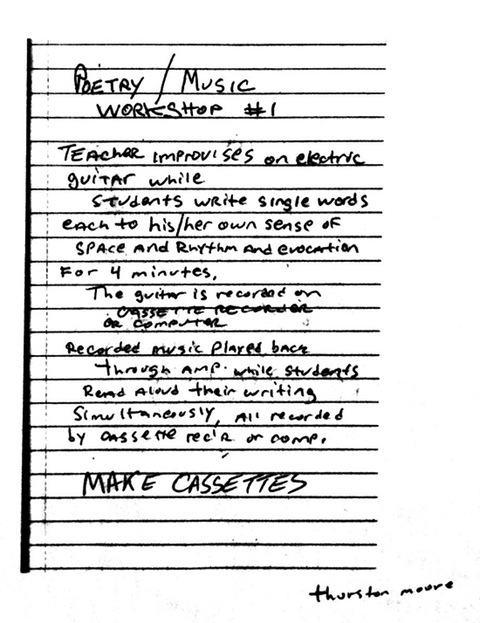In 1914, T.S. Eliot moved from his birth country, the United States, to England at the age of 25 and soon thereafter established himself as one of the most influential poets of this generation, writing some of the best known poems of the 20th century including The Love Song of J. Alfred Prufrock (1915), The Waste Land (1922) and The Hollow Men (1925).
Yet Eliot considered his Four Quartets cycle to be his finest. Published individually over the course of six years, the series consists of four poems – Burnt Norton (1936), East Coker (1940), The Dry Salvages (1941) and Little Gidding (1942) – that are profound mediations on time, the cosmos and the divine.
Eliot discussed the cycle with the Paris Review in 1959. “I’d like to feel that they get better as they go on. The second is better than the first, the third is better than the second, and the fourth is the best of all. At any rate, that’s the way I flatter myself.”
The BBC has produced an audio version of Eliot’s Four Quartets with none other than Oscar-winning actor Jeremy Irons serving as a reader. The video above is a clip of that reading, taken from Burnt Norton.
You can read along to Iron’s leonine narration:
Footfalls echo in the memory
Down the passage which we did not take
Towards the door we never opened
Into the rose-garden.
My words echo
Thus, in your mind.
But to what purpose
Disturbing the dust on a bowl of rose-leaves I do not know.
Other echoes
Inhabit the garden.
Shall we follow?
Quick, said the bird, find them, find them,
Round the corner.
Through the first gate,
Into our first world, shall we follow
The deception of the thrush?
Into our first world.
There they were, dignified, invisible,
Moving without pressure, over the dead leaves,
In the autumn heat, through the vibrant air,
And the bird called, in response to
The unheard music hidden in the shrubbery,
And the unseen eyebeam crossed, for the roses
Had the look of flowers that are looked at.
There they were as our guests, accepted and accepting.
So we moved, and they, in a formal pattern,
Along the empty alley, into the box circle,
To look down into the drained pool.
Dry the pool, dry concrete, brown edged,
And the pool was filled with water out of sunlight,
And the lotos rose, quietly, quietly,
The surface glittered out of heart of light,
And they were behind us, reflected in the pool.
Then a cloud passed, and the pool was empty.
Go, said the bird, for the leaves were full of children,
Hidden excitedly, containing laughter.
Go, go, go, said the bird: human kind
Cannot bear very much reality.
The complete cycle read by Irons is on the BBC website for a limited time. (If you want to skip the program’s lengthy introduction, start at the 7:45 marker.)
And if you want to hear the Four Quartets read by T.S. Eliot himself, check out the video below. More readings can be found in our collection of Free Audio Books.
Jonathan Crow is a Los Angeles-based writer and filmmaker whose work has appeared in Yahoo!, The Hollywood Reporter, and other publications. You can follow him at @jonccrow.
Related Content:
Listen to T.S. Eliot Recite His Late Masterpiece, the Four Quartets
Bob Dylan Reads From T.S. Eliot’s Great Modernist Poem The Waste Land
T.S. Eliot Reads The Waste Land









